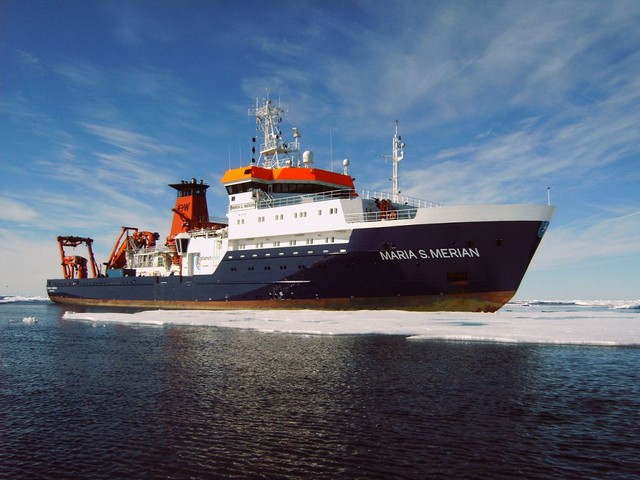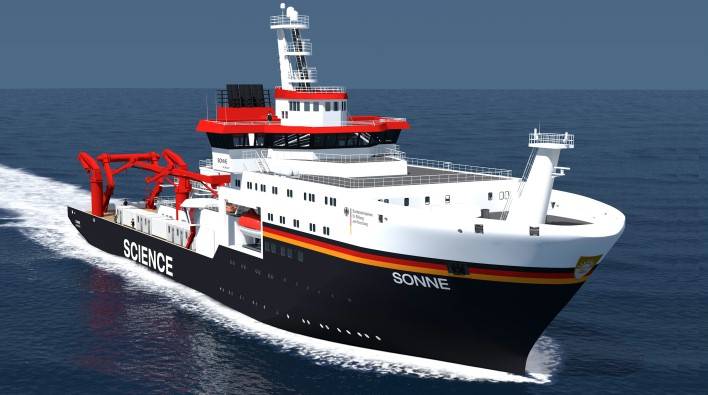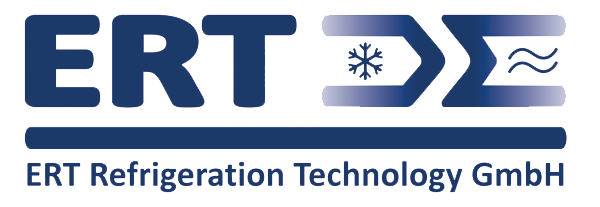Startseite > Methane Liquefaction
Liquefaction of methane gas
Energy source of the future
Liquid methane - the energy source of the future
ERT supplies low-temperature systems for the safe, economical production, storage and use of liquid methane.
Low-temperature generators based on the Stirling principle generate temperatures below -162°C (111.15 K) after only a few minutes for the liquefaction of methane. They offer optimum conditions for small and medium-sized liquid methane plants.
- Biogas liquefaction (LBG)
- Natural gas liquefaction (LNG)
- LBG and LNG storage
- Ship and freight transport
- LBG and LNG filling stations

Natural gas and biogas are becoming increasingly important for the supply of fuel, electricity and heat.
Methane can be converted into energy with extremely low emissions and has a very high energy density in liquid form: The volume ratio of gaseous to liquid methane is approx. 1:600. Accordingly, liquefied methane can be stored in a space-saving manner and transported cost-effectively.
transport industry
As an environmentally friendly vehicle fuel, liquid methane enables long ranges with small tank volumes. Since 2013, the European Union has been promoting the establishment of a network of liquid methane filling stations along the main road freight transport routes. The EU Commission’s “Clean Fuel Strategy” also provides for the construction of bunker stations for liquid methane in 139 European inland and seaports by 2020 and 2025 respectively. The first LNG-operated cargo ships are in service. Commercial vehicles that can be operated with LNG are already being offered by several manufacturers. With compact gas liquefiers from ERT, a comprehensive LNG filling station and bunker infrastructure can be set up quickly and cost-effectively. This includes both pressure-dependent cooling of liquid methane during tank storage and just-in-time liquefaction of methane to supply filling stations from the compressed gas network.


Electricity and heat generation
As a fuel in power generation, liquefied methane offers the possibility of flexibly compensating for fluctuations in wind and solar energy production. Biogas thus becomes an integral part of a renewable energy mix. Methane liquefaction also opens up biogas quantities for demand-driven power generation, which are generated locally in smaller plants without connection to the compressed gas network. Biogas power generation will be economically attractive for plant operators in the future, especially in peak load phases. The liquefaction and tank storage of biogas enables such an economically optimised generation of electricity. Liquid methane can also be used economically for environmentally friendly heat generation independent of the compressed gas network.
Liquid methane shipping and storage
According to forecasts by the International Energy Agency (EIA), the volume of liquid methane shipped internationally will increase by around 35% by 2030. Gas losses during transport currently amount to up to 25% of the cargo volume. Cryogenic generators based on the Stirling principle offer sea and inland shipping companies a highly economical solution for the pressure-dependent cooling of liquid methane during shipping, the prevention of roll-over effects in LNG tanks and the reliquefaction of boil-off gas. At the same time, the expansion of an LNG infrastructure for freight transport by sea and land means that decentralised storage facilities must continue to grow in order to guarantee the widespread availability of liquid methane as a fuel. Here, too, Stirling cryogenerators offer the best possibilities for preventing boil-off gas and roll-over effects.

We are looking forward to your project!
Please contact us for a personal consultation. As soon as we have determined all conditions with you, we will work out an individual procedure for the best possible and most efficient project handling.
Call us: 49 40 7610 480



